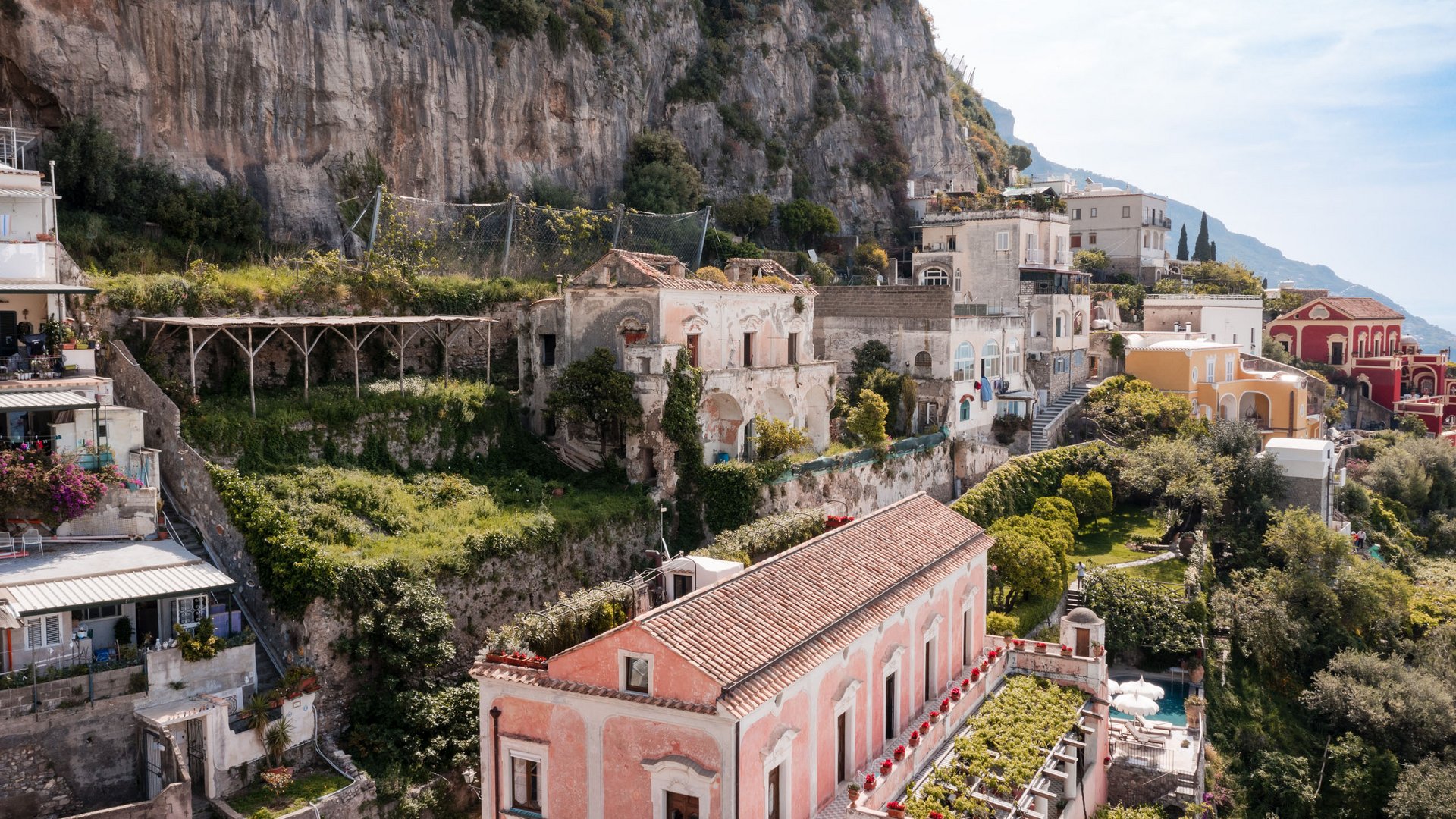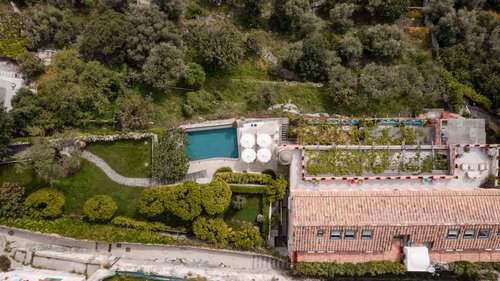Amalfi Coast: the scent of lemons and the sea
While driving along the 18km of the Amalfi Coast, you’ll discover one village after another; some overlooking the sea, other nestled in the mountains, each and every one with its characteristics, its traditions, its past, and its role in the history of this ancient and famous coastline that was once a hub of Mediterranean trade and now a popular holiday destination.
Path of the Gods
This 9-kilometre natural trail starts in Agerola and finishes in Positano: A path through the most unspoilt nature.
The name given to this path comes from historical facts and legends according to which Greek gods passed this way to save Ulysses from the Sirens on Li Galli Island. Italian writer Italo Calvino described this path as “That road suspended over the magical gulf of the “Sirens” still furrowed today by memory and myth”.
Ferriere Valley
The Ferriere Valley is a natural oasis that you wouldn’t expect to see in a seaside village such as Amalfi. In fact, this nature reserve reachable from Amalfi or Pontone is known to only a select few.
The route within the reserve leads from Mt Lattari towards Amalfi, crossing woods and streams. The name of the valley comes from the ruins of medieval ironworks (“ferriere” in Italian) that can be found along the route, together with the watermills used for the production of the famous Amalfi paper.
Ravello
Ravello is a small treasure nestled in the green hills of the Amalfi Coast, suspended between the blue of the sky and the blue of the sea. Also known as the “city of music” for the famous Ravello Festival, this village stands out from the others for its elegance, elite tourism, and quiet atmosphere.
Among Ravello’s most beautiful attractions are two villas: Villa Rufolo, the stage for summer piano and orchestra concerts, and Villa Cimbrone, with its gardens, dreamlike views, and Terrace of Infinity, from which you can admire a breathtaking panorama.
Capri
Guarded by the Faraglioni, three towering rock formations, Capri is everyone’s forbidden dream. Apart from its scenic beauty, Capri offers plenty to see, from the Grotta Azzurra cave with its infinite shades of blue, to Mt Solaro, the island’s most panoramic point.
Capri has a multifaceted soul and can be fashionable as well as peaceful, ancient and modern, all at the same time. From the boutiques of the little square, you can easily reach Roman villas and the architectural beauties of Anacapri, such as Church San Michele Archangelo with its splendid floor featuring majolica tiles representing the Earthly Paradise and Original Sin.
Pompeii
With its 66 hectares, of which about 50 are excavated, Pompeii is a unique ensemble of public and private buildings, monuments, sculptures, paintings, and mosaics of such relevance to the history of archaeology and antiquity that it has been recognised as a UNESCO World Heritage site.
The ash and lava stones that buried the city following the eruption of Vesuvius in 79 AD have allowed it to be exceptionally well preserved, providing a vivid picture of the organisation of Roman cities, as well as the daily life of its inhabitants.
Vesuvius
Considered one of the symbols of the past and present of Naples, Vesuvius is a volcano located within Vesuvius National Park and one of the most fascinating sights in the Campania region.
Known worldwide for its eruption in 79 AD, which destroyed Pompeii and Herculaneum, Vesuvius last erupted in March 1944. Given the great geological, biological, and historical interest of this area, since 1995 the volcano has been located within the Vesuvius National Park, which is currently home to 11 trails with a total length of 54 kilometres. The most popular path is the one that leads to the Gran Cono, the crater of the volcano.








